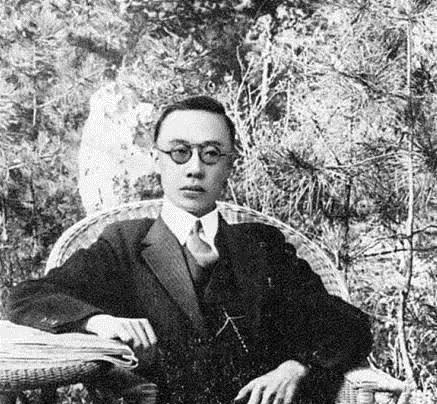
Ai Xin Jue Luo Puyi (February 7, 1906 ---- October 17, 1967) was the tenth and last emperor after the Entry of the Qing Dynasty. He was the grandson of Prince Yizhen (the seventh son of the Daoguang Emperor and the younger brother of the Xianfeng Emperor), the eldest son of Zaifeng (prince of alcohol), and the mother of Su Wanguarjia Youlan (daughter of Ronglu). Puyi succeeded to the throne after Guangxu's death, and after the founding of the People's Republic of China, he was transformed into a new citizen and died of kidney cancer in 1967 at the age of 62.
After cremation, the ashes were placed in the Babaoshan Revolutionary Cemetery in Beijing, and later the staff of Xiling found Puyi's last wife, Li Shuxian, and persuaded her to move Puyi's tomb to the Hualong Royal Cemetery in Qingxi Mausoleum in 1995. The picture shows the gate of the Hualong Royal Cemetery.
According to the relevant person in charge of the Qingxi Tombs, the tomb of Puyi was moved to the Qingxi Mausoleum, because at the beginning of Puyi's ascension to the throne, it was determined that this place was his mausoleum. Puyi's tomb is only 200 meters from the wall behind the Chongling Tomb of the Guangxu Emperor. The picture shows the mountain gate in the Hualong Royal Cemetery.
Through the mountain gate, you can see the panoramic view of Puyi Cemetery in the distance. It can be seen that the scale of its cemetery is not large, and the contrast with the Chongling Tomb across a wall is strong. However, the current royal status table has made this small cemetery look very imposing.
On the front side of the cemetery, there is a life monument that briefly introduces Puyi's extraordinary life experience.
This is the front of Puyi's cemetery, or has a certain royal momentum.
On the front of the tombstone, there are only a few big characters of Ai Xin Jue Luo Puyi.
On one side of puyi's cemetery is buried the last empress, Wanrong. At that time, Wanrong followed Puyi to Changchun under the coercion and inducement of the Japanese. After the defeat of Japan, Wanrong fled with Puyi, experienced hardships, and died of illness in Yanji Prison in 1946. After Wanrong's death, she was wrapped up in an old Kang mat and buried on a nearby hillside. After liberation, people have repeatedly tried to find the bones of the last empress, but they have never been found. In 2005, Wanrong's younger brother Guo Brorunqi buried a photo of Wanrong sitting in a dignified posture that best reflected her identity and temperament, and buried it in a crystal frame behind her back and buried it in a crystal photo frame.
On the other side of the cemetery is buried Tan Yuling, a "xianggui person" who was crowned by Puyi during the puppet Manchu period. People usually refer to her as Puyi's favorite woman.
This is the entire cemetery scene filmed from the back of the cemetery.